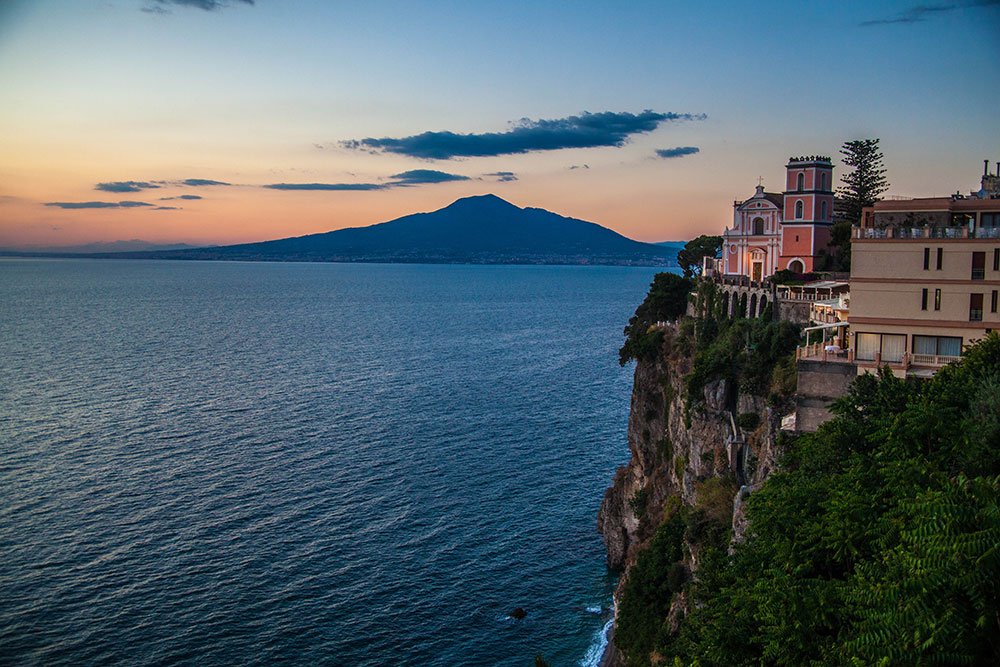
Although Christmas trees are used everywhere in Italy, the more authentic, traditional decoration at Christmas is the 'Presepe' or 'Crib', taken from the latin word meaning 'manger'. The tradition is said to have been started by St Francis of Assisi at Christmas in 1223. Legend has it that he wanted to share what he had witnessed in Bethlehem with the local people who did not have the opportunity to visit the Holy Land themselves. So, in a cave in Greccio, near Rieti in Lazio, he created a living Nativity scene, complete with hay, an ox, an ass, and a real baby in a manger. This charming story captured the imagination of the 色中色s and the tradition of the 'Presepe' was born.
Today, every 色中色 family has a 'Presepe' at Christmas. They range from simple models with a few figures, to large, elaborate creations with lighting, water features and animated characters. The models are set up on December 8th, along with all the other Christmas decorations but, traditionally, the baby Jesus is not introduced into the crib until Christmas Eve. The 'Presepe' stays up until the 6th January, 'Epiphany'.
The oldest known example is the 'Oratorium praesepis' by Arnolfo di Cambio, which is displayed in the Basilica of Santa Maria Maggiore in Rome.
Although 'Presepi' are found all over Italy, the most famous ones are to be found in Naples. The 'Via San Gregorio Armeno', in the old part of Naples, is a street entirely devoted to the production of 'Presepi'.
Half a million tourists make their own pilgimage here each Christmas to see highly skilled artisans creating wonderfully complex models. Here you can buy a huge variety of different environments, as well as thousands of different figurines and accessories to create your own, unique version of the Nativity.
Some beautiful examples of 'Presepi' can be found at the Museo Nazionale di San Martino in Naples.
The oldest Neopolitan 'Presepe' was made by two brothers, Pietro and Ciovanni Alemanno around 1480. Probably the most famous 'Presepe' of all is the 'Presepe Cuciniello', built in the 19th century, it features 162 characters, 80 animals, 28 angels and over 450 miniature objects. There is also another famous 'Presepe' that can be seen in the Palace at Caserta.




